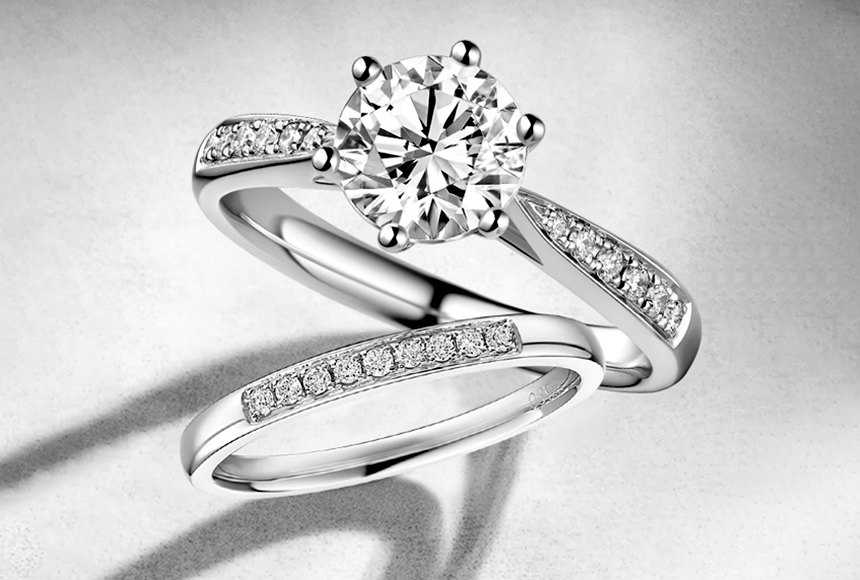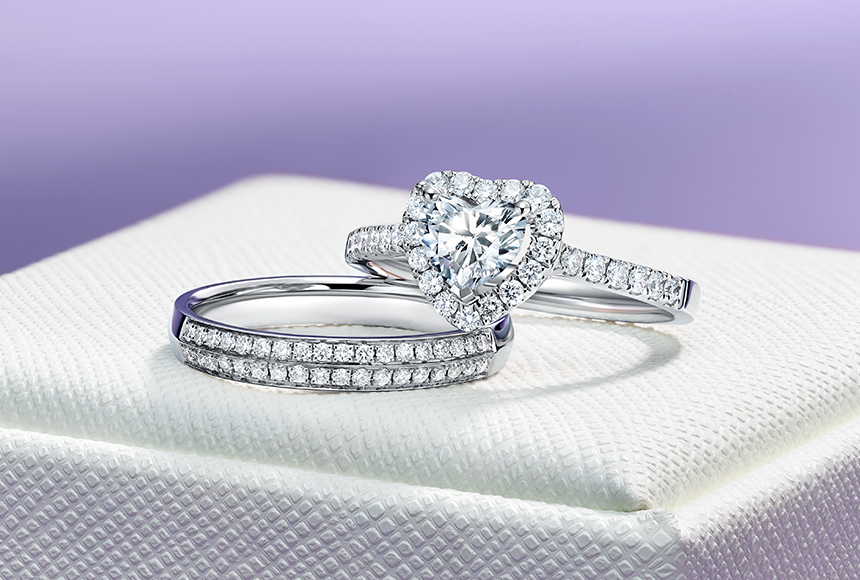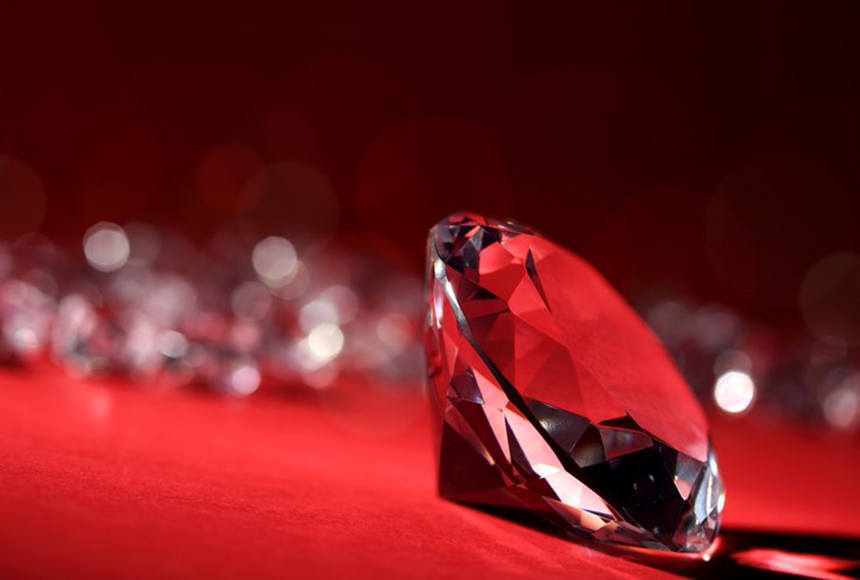Moissanite vs Lab Grown vs Natural Diamond, What is the Difference?
Sep 25, 2023
When it comes to lab grown diamonds vs natural diamonds, you'll find that they are almost identical in appearance and even physical properties, with even microscopes showing remarkable similarity. And lab created diamonds are increasingly becoming a cost-effective alternative, as the focus on sustainability and ethically sourced diamonds grows.
However, the origins, composition, rarity, and price of cultured and natural diamonds differ greatly. To help you make an informed choice, Darry Ring will guide you through the 4 key differences between these two types of diamonds. Let's dive in and learn together.
What is Moissanite?
Moissanite is a popular diamond alternative known for its exceptional brilliance, durability, and affordability. It was first discovered in 1893 by the scientist Henri Moissan inside a meteorite crater. Because natural Moissanite is incredibly rare, all Moissanite used in fine jewelry today is created in laboratories.
Composed of silicon carbide, Moissanite gemstones offer a distinct sparkle with rainbow-like flashes, often described as the disco ball effect. While Moissanite is not made of carbon like diamonds, it is still extremely durable with a hardness rating of 9.25 on the Mohs scale. This makes it a reliable and beautiful option for everyday wear. Moissanite engagement rings and wedding bands continue to grow in popularity among couples looking for a stunning, meaningful, and cost-effective alternative to natural or lab-grown diamonds.
What is Lab Grown Diamond?
Lab-grown diamonds are created in a laboratory by simulating the conditions under which natural diamonds form. This is done using either high-pressure high-temperature (HPHT) or chemical vapor deposition (CVD) methods.
They share similar carbon content and the same hardness and fire as natural diamonds, but are more eco-friendly, reducing concerns about conflict diamonds and environmental damage. Beyond the jewelry industry, lab diamonds are widely used in industrial fields, such as cutting tools, electronic components, and high-precision optical equipment, due to their exceptional hardness and thermal conductivity.
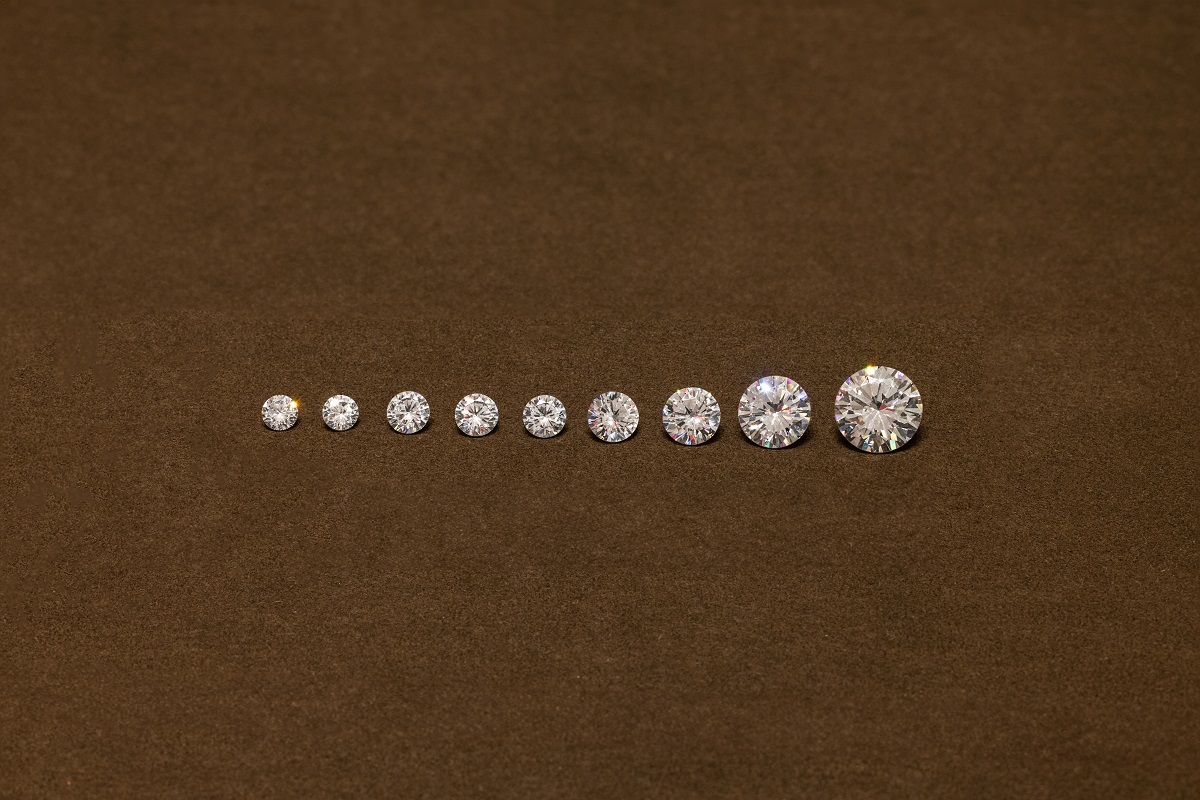
What is Natural Diamond?
Natural diamonds are minerals formed from carbon under extreme high-temperature and high-pressure conditions deep within the Earth over billions of years. They are primarily found in Africa, Russia, Canada, and Australia. Geological events like volcanic eruptions bring these rare minerals to the Earth's surface, where they are eventually discovered. With a Mohs hardness rating of 10, natural diamonds are among the hardest substances known to exist on Earth, making them the perfect symbol for enduring love and leading to their widespread use in jewelry.
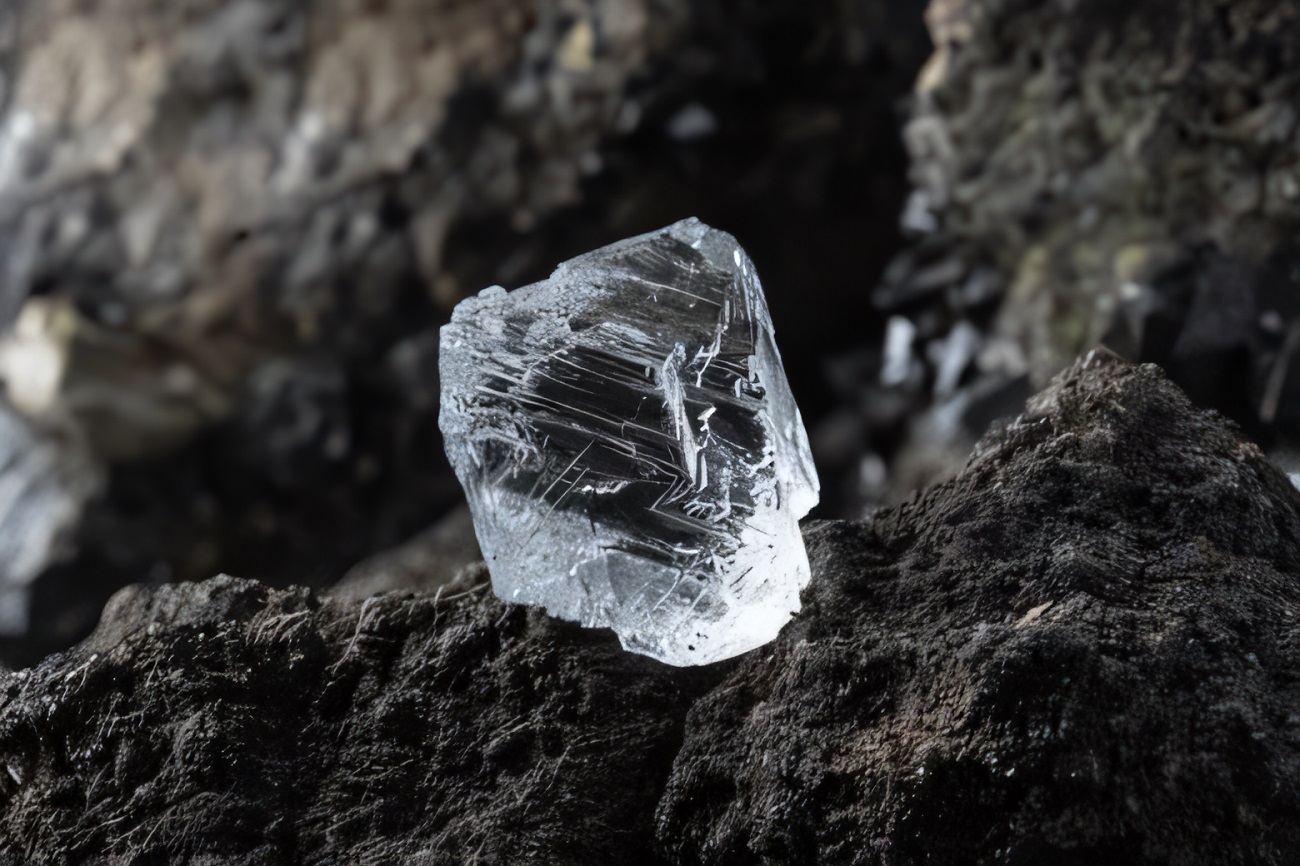
Lab Grown Diamonds vs Natural Diamonds: 4 Differences
When comparing lab grown diamonds vs natural diamonds, they have many things in common in terms of chemical composition. Still, the carbon content of lab-made diamonds is controllable. As their names imply, furthermore, the two differ greatly in how they are formed, and their market values show notable disparities. Specifically, differences can be summarized into the following four aspects:
Formation Process
Natural Diamonds: Natural diamonds form in the Earth's mantle, typically at depths of 150-200 kilometers, where temperatures reach 1000-1500°C and pressures exceed 45-60 gigapascals. Under these extreme conditions, carbon atoms rearrange into a strong crystalline structure (cubic system), eventually forming diamonds. Through volcanic activity, diamonds are brought to the surface by magma and are stored in rocks known as kimberlite or peridotite.
Lab-grown Diamonds: Lab-grown diamonds are created through either High-Pressure High-Temperature (HPHT) or Chemical Vapor Deposition (CVD) methods. HTHP replicates the natural conditions in which diamonds form, while CVD breaks down carbon-rich gases, like methane, at high temperatures, causing carbon atoms to gradually deposit and form diamond crystals. Notably, both methods involve human intervention, but diamonds are naturally formed in the laboratory.
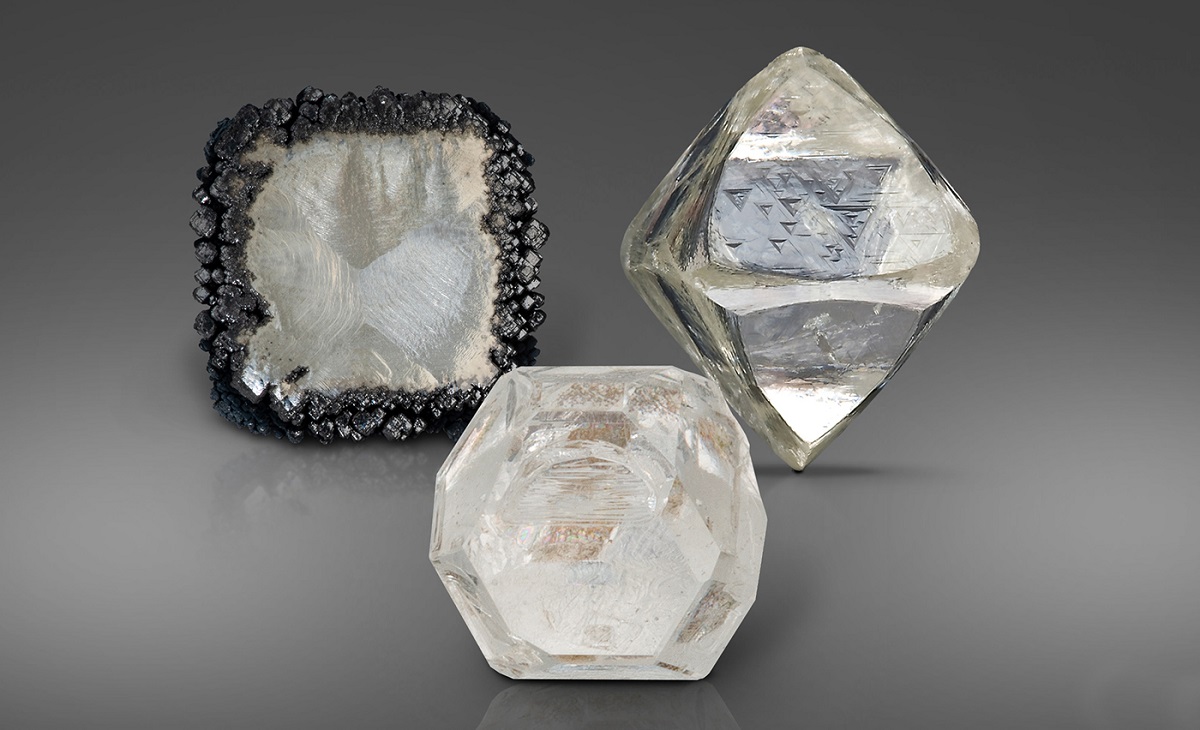
Chemical Composition
The difference between lab-grown and natural diamonds can be observed in their chemical composition, despite their similarities. Natural diamonds are not 100% pure carbon. They often contain trace elements like nitrogen or boron, which can influence their color and clarity. In contrast, lab-created diamonds are produced with controlled purity, reducing impurities and often resulting in higher clarity. At the same time, some lab-grown diamonds may carry specific "growth patterns", making it possible to distinguish them from natural diamonds using specialized instruments.
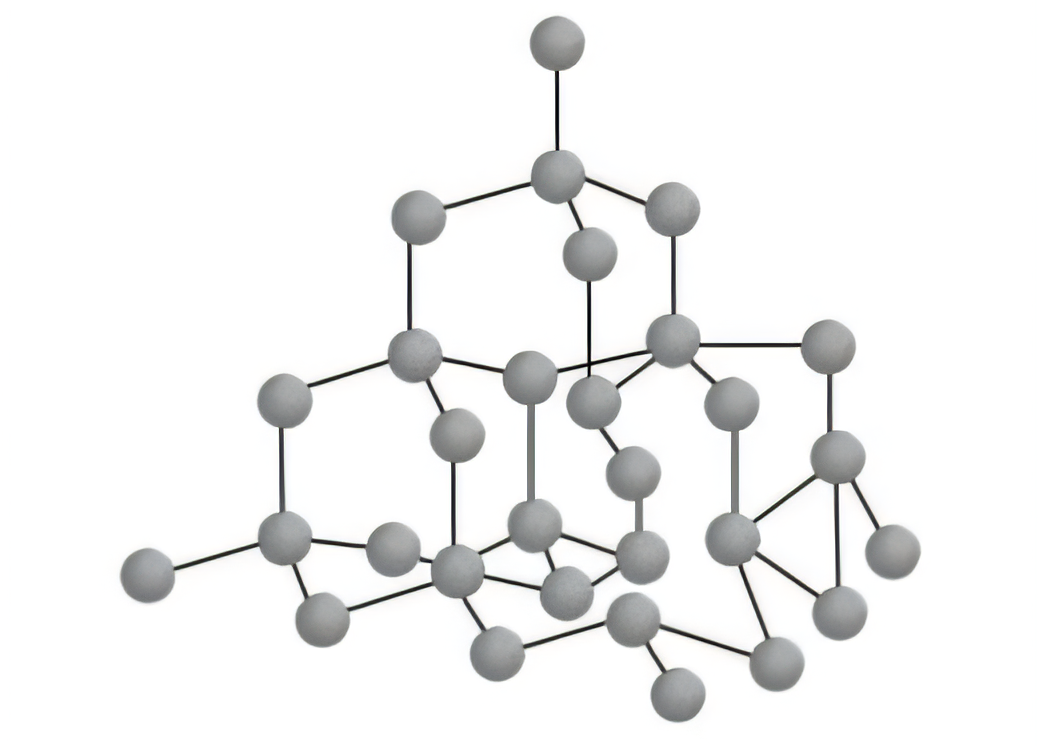
Rarity
Rarity is also one of the key differences between lab-grown diamonds and natural diamonds. Natural diamonds take billions of years to form under complex geological conditions, a process beyond human control, which makes them incredibly rare. For lab-made diamonds, however, are created in a controlled laboratory environment, with a production cycle that typically takes only a few weeks to a few months, so their rarity is relatively lower.
Price
The final difference is their price when comparing lab-grown diamonds vs natural diamonds. Natural diamond prices are determined by market demand and the 4Cs of diamonds. Given they take so long to form and are hard to mine, natural diamonds are usually more expensive. Rare colors, such as pink or blue diamonds, and large-carat diamonds are even more costly. While lab-grown diamonds also involve production costs, their ability to be mass-produced makes them typically over 50% cheaper than natural diamonds of the same size and quality.
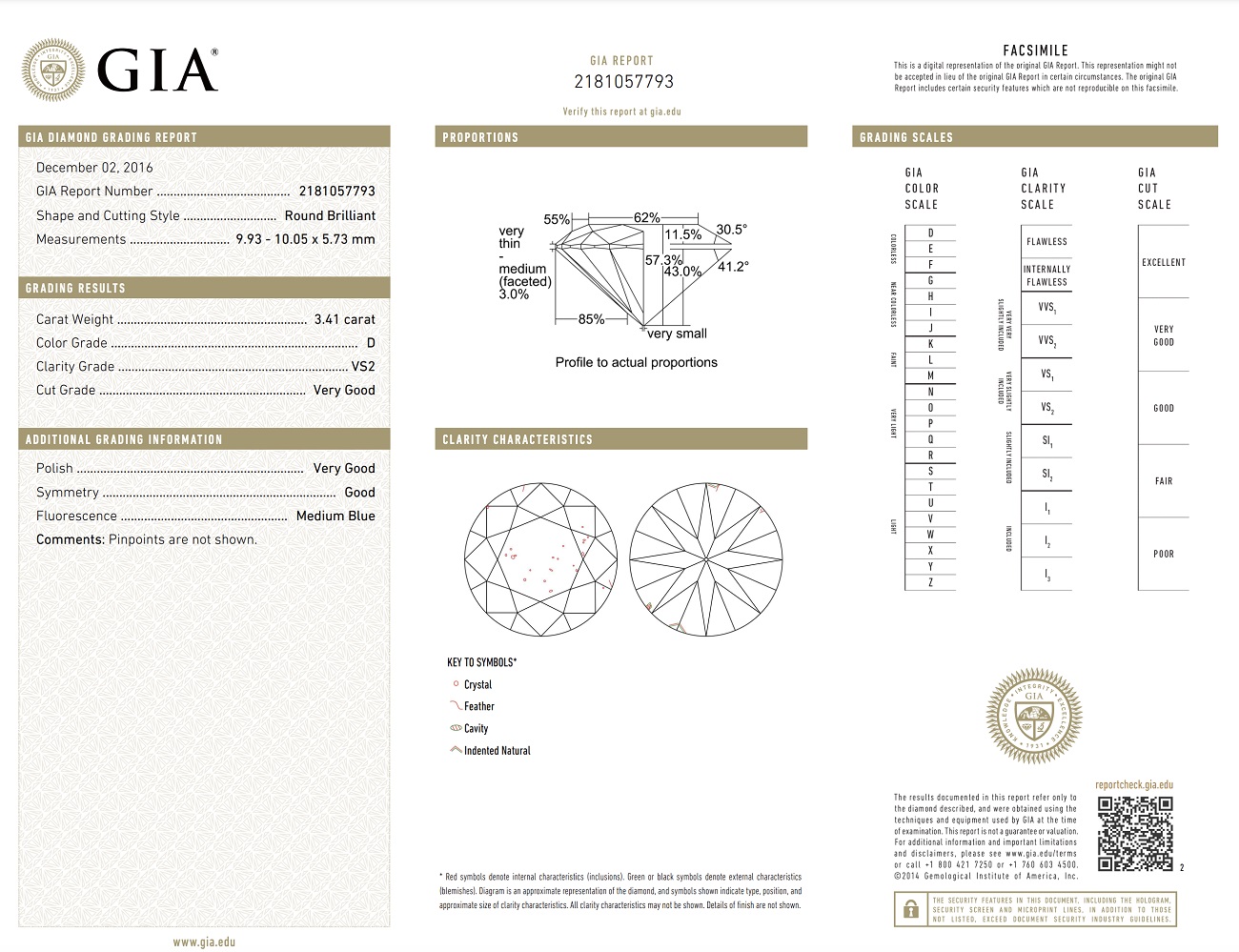
Lab Grown Diamonds vs Natural Diamonds: Which is Better to Purchase
Lab and natural diamonds are different, but both are worth purchasing to express love. As for lab-grown diamonds vs natural diamonds, which is better depends on your needs, budget, and preferences. Considering the pros and cons of both is also a good way to evaluate them.
Pros of Lab Made Diamonds
● Authentically certified and affordable
● Eco-friendly with greater sustainability
● Higher purity and color quality
● No worries about conflict diamonds.
Cons of Lab Made Diamonds
● Limited market awareness
● Lack of brand recognition
● Risk of depreciation
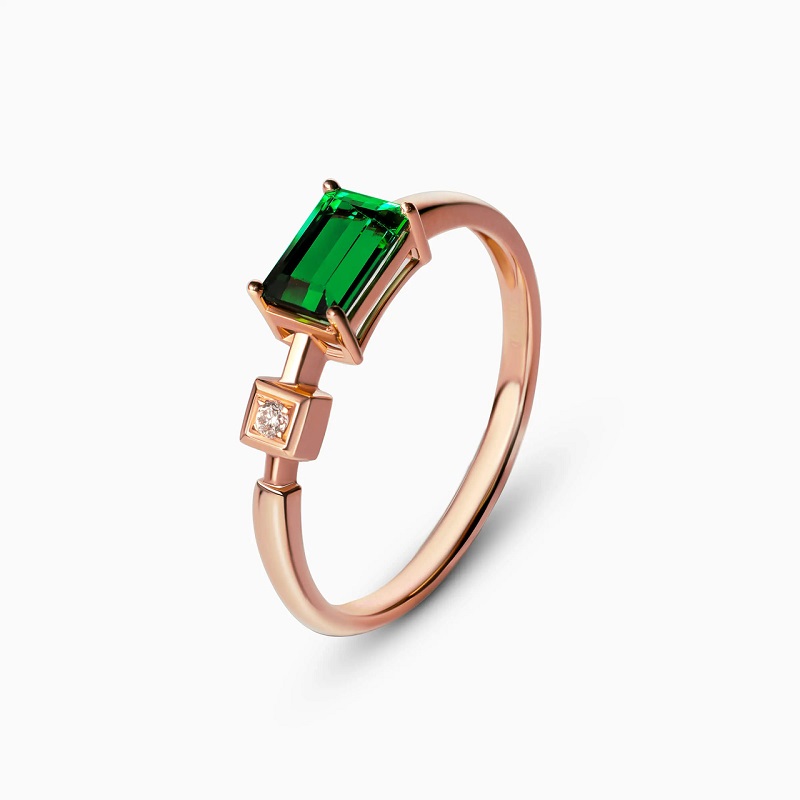
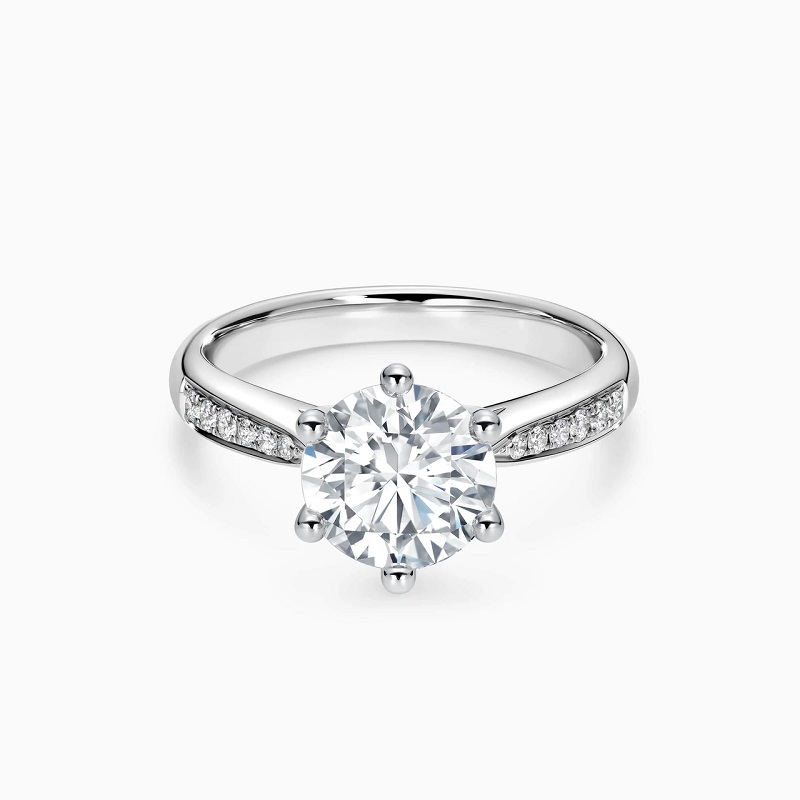
Pros of Natural Diamonds
● More precious due to rarity
● Holds investment value
● Symbolizes eternity and carries sentimental value
● Chosen by many jewelry brands
Cons of Natural Diamonds
● Too expensive
● Environmental and ethical concerns
● Requires careful selection
Regardless of which you choose after understanding the differences between lab-grown diamonds and natural diamonds, Darry Ring believes it's a good decision and offers you a wide range of options. Moreover, almost all of its engagement rings and wedding bands have at least one certification from NGTC, GIA, or IGI, ensuring a worry-free purchase. Most notably, Darry Ring follows the principle of "Buy for One Person in a Lifetime", with each diamond ring carrying the expectation and blessing of true love, helping you express your most sincere feelings to your loved one.
FAQs About Lab Grown Diamonds vs Natural Diamonds
Are lab diamonds as good as real diamonds?
Lab diamonds are real diamonds. Despite differences between lab-grown diamonds and natural diamonds, they possess the same hardness, brilliance, and fire, and are equally good in quality and appearance. As a product of technological advancement, lab-made diamonds grow naturally in a controlled setting, making them more environmentally friendly and sustainable than natural ones.
What is the difference between CVD diamond and HPHT diamond?
HPHT and CVD differ primarily in the conditions under which the diamonds form and their crystallization structure. HPHT simulates the natural environment where diamonds form. These diamonds typically exhibit a cuboctahedral shape, having 14 distinct growth directions. CVD, on the other hand, uses a gaseous mixture to deposit carbon atoms onto a diamond seed crystal, commonly resulting in a cubic shape. Additionally, compared to HPHT, CVD diamonds tend to have better clarity.
Can a jeweler tell if a diamond is lab-created?
Yes, jewelers can determine if a diamond is lab-created, provided they have access to professional equipment. Advanced tools like ultraviolet light and high-powered microscopes can reveal subtle differences. However, it is difficult to see through lab-created diamonds without such equipment. Therefore, if you are considering having a diamond appraised or purchasing diamond jewelry, it's recommended to seek assistance from a qualified and fitted-out store.
Moissanite is a popular diamond alternative known for its exceptional brilliance, durability, and affordability. It was first discovered in 1893 by scientist Henri Moissan inside a meteorite crater. Because natural moissanite is incredibly rare, all moissanite used in fine jewelry today is created in laboratories. Composed of silicon carbide, moissanite gemstones offer a distinct sparkle with rainbow-like flashes, often described as the disco ball effect. While moissanite is not made of carbon like diamonds, it is still extremely durable with a hardness rating of 9.25 on the Mohs scale. This makes it a reliable and beautiful option for everyday wear. Moissanite engagement rings and wedding bands continue to grow in popularity among couples looking for a stunning, meaningful, and cost-effective alternative to natural or lab-grown diamonds.
Related Articles
How to Choose An Engagement Ring? An Ultimate Guide
 18299 / Mar 13, 2025
18299 / Mar 13, 2025When buying an engagement ring, you should know the ring size, set a budget, understand the 4C’s of the diamond, diamond setting and so on. Click to learn more.
Learn More >
How Much Should You Spend on an Engagement Ring?
 14208 / Sep 25, 2023
14208 / Sep 25, 2023The average engagement ring cost in USA is around $5,000-6,000, but for how much to spend on engagement rings, refer local price and the 4c’s of diamond.
Learn More >
What are Blood Diamonds? A Detailed Guide
 12521 / Sep 27, 2023
12521 / Sep 27, 2023Blood diamonds, also known as conflict diamonds, are diamonds that are mined in war zones and sold to finance armed conflict against governments.
Learn More >

